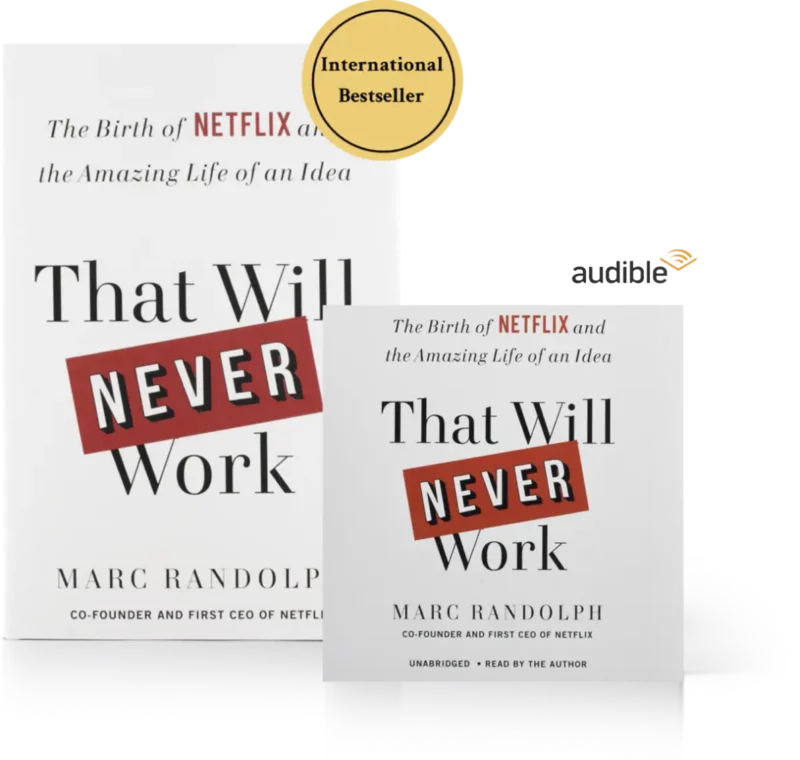Product Market Fit … It’s a Lot Like Pornography.
It’s almost impossible to define, but you know it when you see it.


Product market fit is a lot like hard-core pornography: it’s almost impossible to define, but you know it when you see it.
But unlike pornography, with product-market fit, you actually want to spend time with someone who’s actually done it. That’s why I’m so excited to share
Episode Four of the That Will Never Work podcast, which releases today.
For any entrepreneur, achieving product-market fit is a landmark event; it recognizes that the idea you believed in, brought to life, and endlessly iterated, has finally gotten to the point where people want it – and ideally will pay more for than what it costs you. Sometimes this comes quickly, but sometimes entrepreneurs struggle for years to get there. Often people never find it.
With Netflix, for example, our original implementation of DVD rental by mail was a complete flop. It took us more than a year and a half (and hundreds upon hundreds of failed iterations) to finally arrive at the no-due-dates, no-late-fees, subscription model that eventually transformed the company.
But when you finally do achieve product-market fit, the celebration is often short-lived, for that initial success often raises even more questions than it answers. And the biggest question is frequently “where do we go from here?”
In episode four, I cover that exact subject with David, the founder of PingPod. In early 2020, he opened the first outpost of what he hopes will eventually be a nationwide network of autonomous table tennis clubs. Crazy idea, right? But so far it’s been an unexpected success! He is acquiring customers organically, repeat rates are high, facility utilization is good, and his revenues are comfortably covering his operating expenses – with something leftover!
His first branch is a hit, but what now? How quickly should he expand? Should future clubs be in the same neighborhood (to take advantage of word-of-mouth) or spread across the city (to avoid cannibalization)? When should he expand into new cities, and which ones? Should he pick cities with similar demographics (to expand a known model) or explicitly choose something different (to prove that his idea will work anywhere)? Should he pursue a franchise model or keep the clubs company-owned?
Most importantly (since any of his future expansion plans depends on bringing additional capital into the business) how should he present his current success – and future plans – in a way that best ensures he’ll find fund-raising success.
I’m clearly biased, but it’s a fascinating discussion in which we talk about my principles for determining appropriate next steps. (Hint: it’s not franchising, and future plans need to keep in mind what investors may be looking for). Although you’re probably not on the verge of launching your own table tennis club, I think this guidance will help any entrepreneur who is struggling with their next steps.
Product-market fit is a big accomplishment, but in many ways, it is only the beginning. How you expand, where you expand, and how quickly you expand are questions that can be critical to your eventual success.
So what’s the right move? Well, let’s just say that you’ll know it when you see it.
RECOMMENDED FOR YOU
Why Entrepreneurs Make Bad Angel Investors
Podcast Episode 72
Is it a Culture Problem or a Hiring Problem?
October 25, 2022 • 38 min

